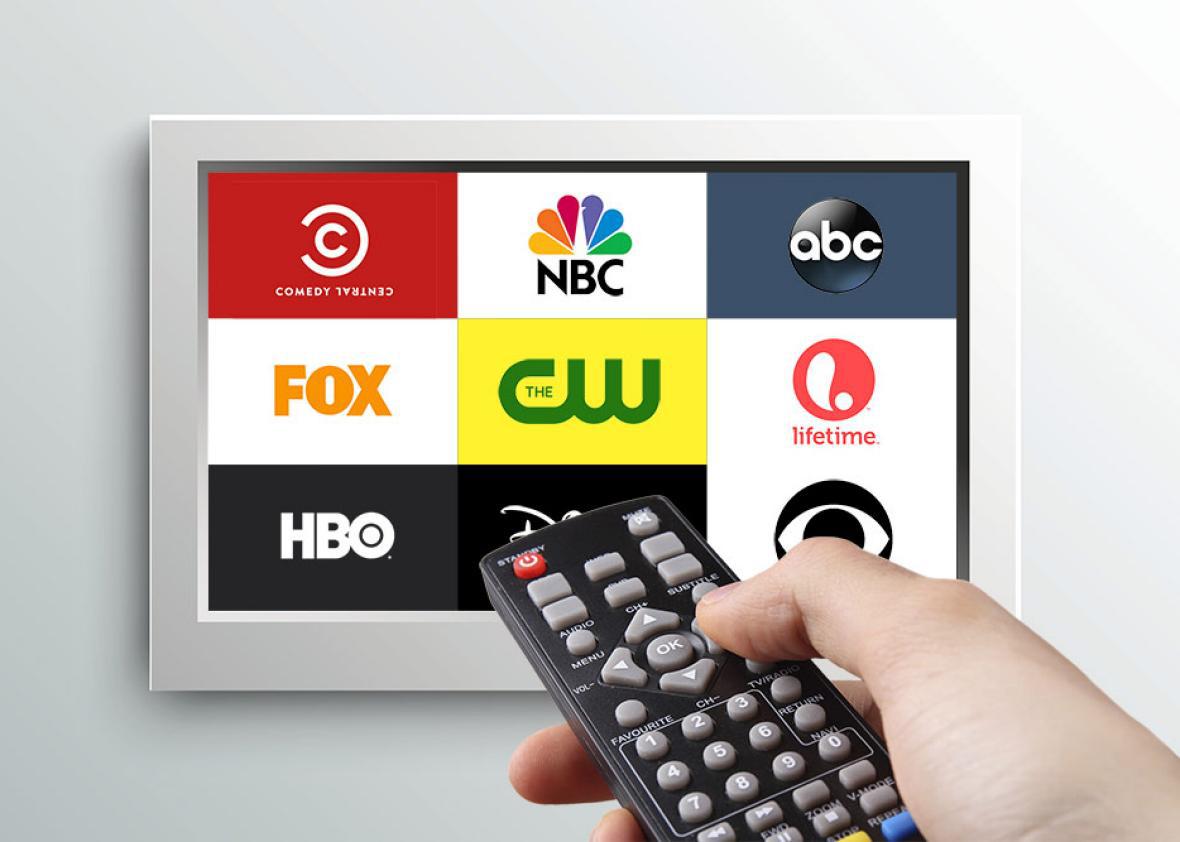If there’s one thing that stood out about ratings in 2015, it’s not the numbers themselves—once again, they were lower!—but how the networks started reacting to them. Execs have been yammering on for a few years now about how overnight ratings were irrelevant, and that shows need to be judged by how they do once DVR data is factored in. Most of the time, however, delayed viewing didn’t make a decisive difference in delaying death. NBC kept Parenthood and Hannibal alive because its drama cupboard was bare before Dick Wolf filled it with his Chicago trilogy; Nashville survives because Shonda Rhimes can’t produce everything.
Now, however, there’s been an awakening in the executive suites. With more and more broadcast and cable series experiencing sharp year-to-year declines even with delayed viewing, and with so many new ones not even getting audiences to show up for premiere night, programmers seem to have come to a collective realization that they can’t keep canceling series simply because the shows don’t live up to predetermined ratings expectations. Empire’s incredible spring run may have demonstrated that networks can still produce out-of-the-box hits, but network execs know that such success is now exceedingly rare. Life in the 409-shows-and-counting universe means finding a way to survive post-Nielsen.
This fall, for example, we saw remarkably little scheduling shuffling by the Big Four broadcasters, even though a number of new series arrived with ratings that just two years ago would have had them yanked faster than you can say South of Sunset. In some cases—Blood and Oil, Minority Report, Truth Be Told—networks spun a bit too hard by claiming they were being “patient,” and the shows weren’t canceled. All three are dead as dirt, but since reruns rarely perform well these days, keeping these zombie shows on the air a few months simply made more financial sense.
In many other instances, however, you could see a new network mindset at work. Judged by the usual ratings standards, Fox’s entire Tuesday is a Nielsen dud across the board. But The Grinder and Grandfathered both had their episode orders extended, and Scream Queens stayed on the air all fall and also stands a really good chance of returning for another cycle. Even more startling, NBC this summer gave a second season to David Duchovny’s Aquarius, a show that started off with 6 million same-day viewers and had barely 1 million when it ended. Numerous executives (mostly in the cable world) have told me that they’ve concluded that it takes at least two seasons to determine whether a show is truly connecting with audiences. So while big misfires (The Bastard Executioner, Wicked City) can still get a swift ax, a series that demonstrates even the slightest bit of creative spark stands a chance of holding on at least a little while longer.
But this isn’t just about networks being more patient. The once-straight line between ratings performance (delayed or otherwise) and long-term viability has grown ever fuzzier, or even nonexistent. Nothing about the Nielsen trends for AMC’s Halt and Catch Fire, TNT’s Murder in the First (beloved by June!) or FX’s You’re the Worst and The Americans suggests that any of these shows are going to suddenly blossom into substantial hits, at least not as we’ve traditionally defined them. Instead, networks have concluded that if a series can bolster a network’s brand or bring it much-needed buzz and attention—no small feat in the age of never-ending TV—than maybe it’s worth keeping around, even if the chance of a big payday seems slight.
In a way, this thinking mirrors the strategy of the nonlinear startups like Netflix and Amazon. Streaming services are clearly spending more than they’re taking in, investing hundreds of millions in content with the goal of establishing themselves as dominant players in the new digital TV landscape. Smart broadcast and cable outlets might need to make similar (if smaller) investments if they’re going to stay relevant. Mr. Robot, American Crime, and Unreal don’t have tons of viewers, but the viewers they do draw are extraordinarily passionate and might not normally watch USA, ABC, or Lifetime. As the shift toward TV on demand and by subscription speeds up, these are the kinds of shows people will seek out rather than stumble upon.
Willa and June, you asked whether we have to worry about the broadcast networks stumbling so badly that one or more of them might cease to exist. It’s a question TV prognosticators have actually been asking for decades, and so far, the fears have been overblown. Save for the CW, I’d say it’s still unlikely that any of the broadcasters will go away this decade—those long-term sports deals still ensure a lot of eyeballs, and affiliates and cable systems still pump plenty of money into their ecosystem.
It’s also worth noting that there are still tens of millions of Americans who don’t Netflix and chill, HBO and hang out, or even FX and … fraternize. Did you know that reruns of Columbo on digital broadcast network MeTV draw more eyeballs than many cable shows? Until this year, I did not. But just as income inequality has created big gaps in society overall, I wouldn’t be shocked if, rather than go belly up, one or more of the over-the-air networks is forced to morph into a service that actively targets viewers who can’t afford multiple streaming services and pay cable packages. If upscale audiences ditch linear for subscription on demand, advertisers may decide TV is no longer a viable way to reach them, leaving network TV (or even some cable networks) to go for the Walmart demo. Given how many Americans shop at Walmart, that’s not some small niche. But it could result in network TV looking a lot different than it does today.
Joe
To get each new entry in the 2015 Slate TV Club in your inbox, enter your email address below:
